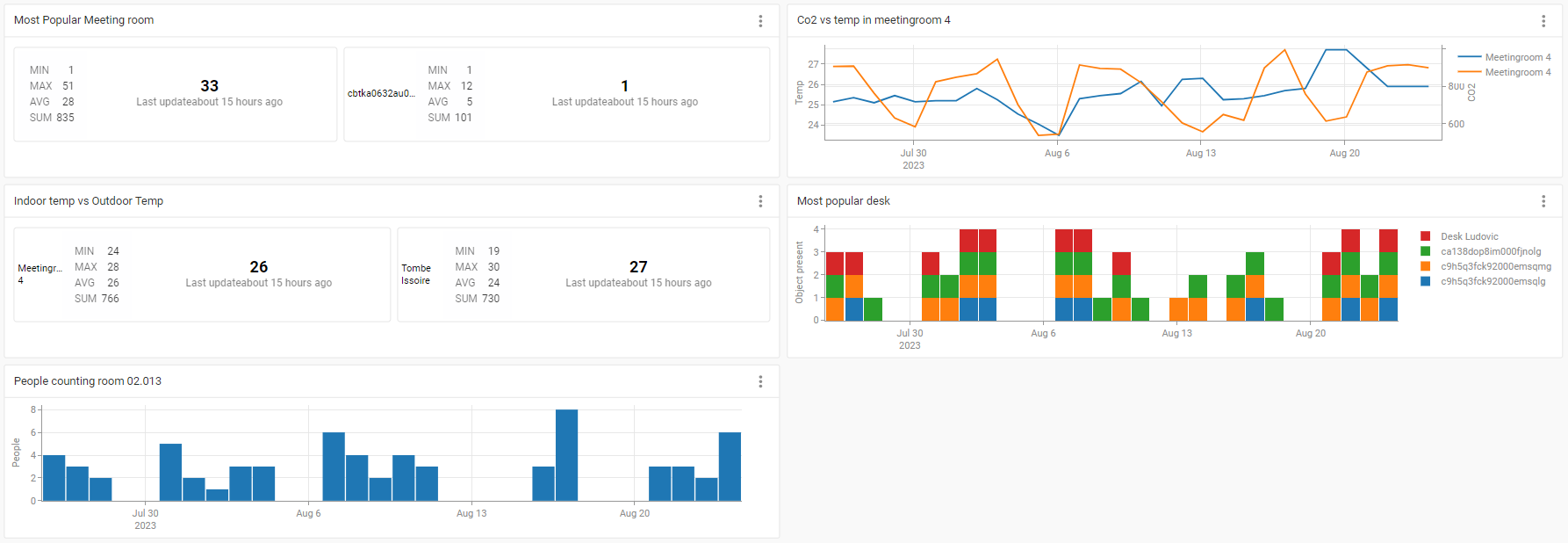Last update: 04/08/25
Per a Steelcase study, 24% of employees indicate they devote up to 30 minutes daily searching for collaboration spaces. This lost time considerably affects productivity, especially considering the plethora of technological solutions today designed to enhance meeting room utilization.
By honing these technical nuances, organizations can elevate their operational efficiency and amplify the collaborative experiences of their employees.
Meeting room occupancy is no longer a simple planning exercise, but a dynamic, adaptive and forward-looking process.
Improving the occupancy of meeting rooms can have many benefits, both financial and operational, such as:
Room occupancy data can be sourced from multiple avenues such as meeting room reservation systems, employee calendars, and surveillance cameras. Yet, occupancy sensors stand out as the most precise method.

Occupancy sensors are electronic devices capable of detecting the presence of people in a given environment. There are two main types of occupancy sensor:
Infrared temperature sensors, light sensors and motion detectors are examples of passive sensors.
Ultrasonic, radar and laser sensors are examples of active sensors.
To choose the right sensors for your collaborative workspaces, you need to consider :
One limitation for certain companies is the inability to verify if the individual occupying the room matches the one who made the reservation. To address this, the use of sensors will have to be combined with a PIN code or badge solution.
There are also solutions that rely on facial recognition for identification, such as the ones created by Speechi :
Collecting data on the use of meeting rooms is essential for understanding how these spaces are used and for identifying opportunities for improvement.
Here are some examples of measurements that can be collected:
Dashboards are an essential tool for visualising meeting room occupancy data. They enable you to make informed decisions to improve the efficient use of your meeting rooms.
Dashboards can be created using business intelligence or resource management software. There are also SaaS solutions that offer predefined dashboards for meeting room occupancy.
The following factors should be taken into account when choosing the most appropriate solution:

Selecting the right room occupancy management system is intricate, influenced by numerous criteria. Partnering with an audiovisual integrator, such as Motilde, can be invaluable due to their deep market insights and extensive field experience
Seeking an all-in-one solution? Our experts are just a call away!